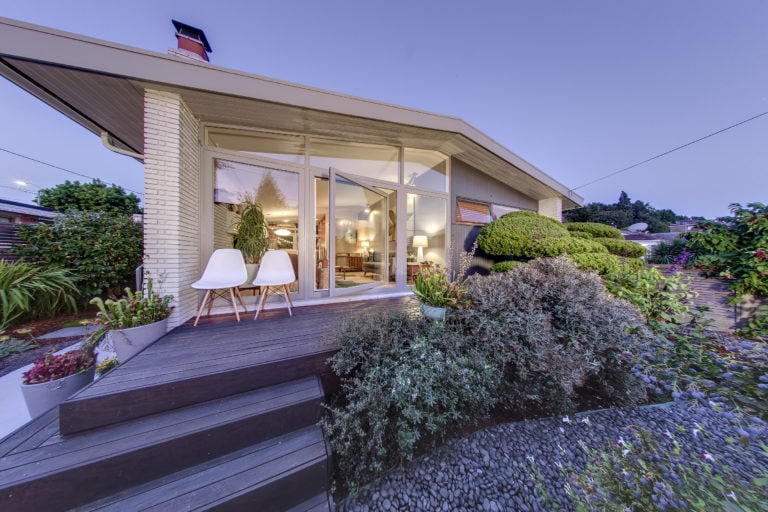
Team Diva Real Estate receives at least two-three requests for rental property every week through our website. Seattle is not known to be the type of city that a renter needs to hire a broker. But lately the rental vacancy rates are quickly decreasing making it super tough for new to the city renters to find places to live in core Seattle neighborhoods. Our team member Diva Kaz is happy to help in these situations.
Today I received the following story via NW MLS Northwest REporter via Chris Anderson, esq. It pretty much sums up the technical reasons why now is an amazing time to buy rental investment properties. From a in the street knowledge I can say that it is cheaper per square foot to buy an investment property in Seattle than a traditional single family home. Right now in Capitol Hill a single family home is priced around $351 per square foot. A multi-family home in the same neighborhood is priced at $290. Do the math!
Below is the story:
Paul Getty famously said, “Buy when everyone else is selling and hold when everyone else is buying.â€Many commercial brokers believe that present market conditions provide an unprecedented buying opportunity to lock in significant real estate investment returns. Despite the opinion of some real estate professionals, however, many investors remain on the fence. While each investor must carefully consider their own financial objectives and risk tolerance before jumping back into the market, we’ve listed a few reasons investors should consider in assessing today’s real estate purchase opportunities:
9 Reasons to Buy Investment Property Now
- 1031 Exchange Opportunity – Investors with low basis properties may utilize Internal Revenue Code §1031 to defer tax on the sale of one under performing asset to acquire one or more discounted replacement properties that may enhance cash flow and provide higher long term investment returns.
- Attractive Purchase Prices – Many distressed sellers (and some banks) are selling investment properties at deep discounts and accepting offers that are below current replacement costs. Recent reports indicate that lenders are selling foreclosed properties (often referred to as ‘real estate owned’ or “REO†property) at an average discount of 28% below prices being paid for comparable non-distressed properties in the same market.
- Historically Low Financing Costs – The Fed’s stimulus efforts, such as QE2 (“Quantitative Easing 2â€), have resulted in historically low interest rates, making the cost of debt service exceptionally attractive. Qualified real estate investors can take advantage of today’s low interest rates to bolster cash flow and lock in better long-term investment returns.
- Inflation Hedge – With many economists predicting that inflation will increase at some point in the future, hard assets, like investment real estate, can provide a hedge against the declining value of money in an inflationary environment. Additionally, ownership of leased real estate can provide an investor with increased income as rent rates also tend to rise in inflationary periods.
- Yield – Financial institutions are paying very low yields on money market accounts and other conservative investments. In contrast, many investment properties are generating returns in the 7-9% range, providing considerably better yields than many other competing investments.
- Less Competition – Foreign ownership of U.S. investment real estate is increasing. Foreign investors see U.S. real estate as a solid investment in a stable economy, and the lower value of the dollar has made U.S. real estate an even more attractive bargain. These two trends will increase demand, which will drive up prices on certain types of investment property. By buying now, investors can stay ahead of the competition.
- Desirable Product Classes – Some classes of investment property are experiencing considerably more demand than supply. For example, in the multi-family segment, demand for rentals has increased as foreclosures have mounted and there is little new multi-family construction in the pipeline to meet such increased demand. As a result, multi-family rents are increasing and many experts project this trend to accelerate.
- Worst Price Declines are Over – Property values nationally have declined by 30% or more since the market peak in 2006. Many economists believe we are at an important pivot point where prices will stabilize and begin to increase (albeit at lower appreciation rates than in the past). If investors wait too long, they may find they are facing competing bids and higher prices to close. Buying before demand picks up in the nearly inevitable recovery locks in today’s bargain prices.
- Real Estate is Local – Despite national statistics about real estate prices, most investors are aware that real estate is local and supply/demand and investment returns are determined by local market conditions. Many investors are using 1031 exchanges to exchange out of areas that are not projected to perform well and into areas where the local economy is more robust and investment returns are more favorable.
Financial professionals tell their customers it is almost impossible to”‘time the market” and purchase investments at the very lowest point and later sell these same assets at near market peaks. The concept is fraught with many problems and, as a result, most financial advisers caution customers to not pursue this approach. Despite this advice, investors often wait until it’s too late to purchase and miss opportunities. Don’t be left out.




























